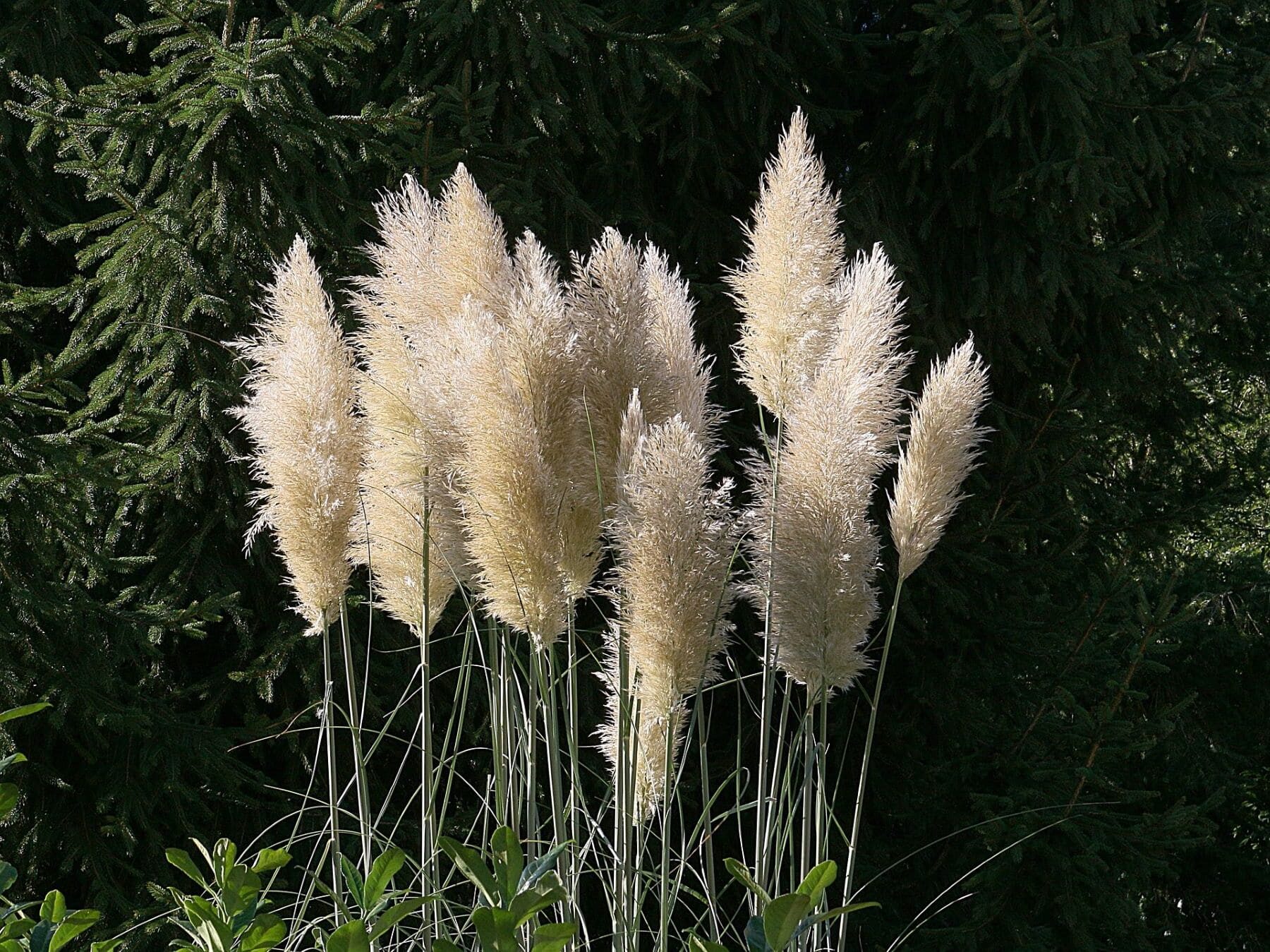A group of scientists from the University of Oviedo has carried out a comprehensive analysis of all those introduced plant species that endanger the biodiversity and ecosystems of the Ibero-Atlantic region, and in the northwest of the peninsula they have succeeded identify 175 specimens of invasive plant species.
Research led by the University of Oviedo has identified 175 species plants invasive in the Ibero-Atlantic region, a biogeographical area encompassing the Atlantic arc, which includes Galicia, Asturias, northern Castile and León, the Basque Country and northern Portugal. This identification is the result of a comprehensive survey of the invasive species found in the northwest of the Iberian Peninsula pose a threat to biodiversity, ecosystem functioning, the economy and human health.
According to the authors, this work will help develop monitoring and conservation strategies based on the biological knowledge of these species. The research has been published in the journal Neobiota. The study is led by Adrián Lázaro Lobo, assistant professor at the University of Oviedo and researcher at the Mixed Institute of Biodiversity (IMIB), in collaboration with the scientific team of the Atlantic Botanical Garden. from Gijon. In addition, the work is complemented by a botanical garden project on iNaturalist, which promotes citizen science in monitoring the spread of these species.
Based on strict scientific criteria, the team managed to identify these 175 species plants that could be considered invasive. This work has included the collaboration of invasive species experts from all studied regions. For each species, researchers assessed the most important information that the management and knowledge of invasive plants
For each species, researchers have reviewed key information that facilitates its management and knowledge plants invasive, including their characteristics, status and level of invasion, population trends, geographic distribution, local abundance, invaded habitats, and ecological and socio-economic impacts.
Habitat restoration and population control
Scientists have also identified 37 species that have serious ecological and socio-economic impacts, such as acacia (Acacia dealbata), cat’s claw (Carpobrotus spp.) and pampas grass (Cortaderiaelloana), along with other species less known but abundant in Cantabrian ecosystems . . “We recommend starting or continuing targeted management plans for these 37 species population control and restoration of natural habitatssays the lead researcher.
This research is part of the research line into plants invasive species developed by Lázaro in the Vegetation and Biodiversity Laboratory, coordinated by Borja Jiménez Alfaro at the University of Oviedo and the Atlantic Botanical Garden of Gijón. The biodiversity of Asturias and nearby regions is increasingly threatened the impact of introduced plantsthe authors emphasize
Lázaro assures that “the northwest of the Iberian Peninsula is a natural laboratory for the study of plants invasive due to favorable environmental conditions and a long history of maritime connections with the Americas and other parts of the world. Jiménez Alfaro, in turn, points out that “the biodiversity of Asturias and nearby regions is increasingly threatened by the effects of plants introduced, many of which are barely noticeable to the public.” He adds that “it is the responsibility of biodiversity research groups to report on the distribution of these species and make proposals containment measures to mitigate its effects in the medium and long term.”
Invasive plant: Pampas duster
The research team’s work goes beyond regional research. Another international team, also led by Adrián Lázaro, has collected information on the biology of the pampas duster worldwide, including its current distribution, history of introduction and spread, ecology, biology (phenology, physiology and reproductive biology), uses, impacts on the environment and ecosystem services, legislation and management.
For two years, a parallel project funded by National Geographic has made it possible to increase our knowledge of the reproductive strategies of the pampas duster (Cortaderia selloana) on the four continents where this species has spread. from the place of origin, in the temperate and subtropical regions of South America.
The above research has given scientists a solid foundation for future conservation and control strategies, which are vital, especially in areas where are vulnerable to the introduction of exotic, potentially invasive plants.

